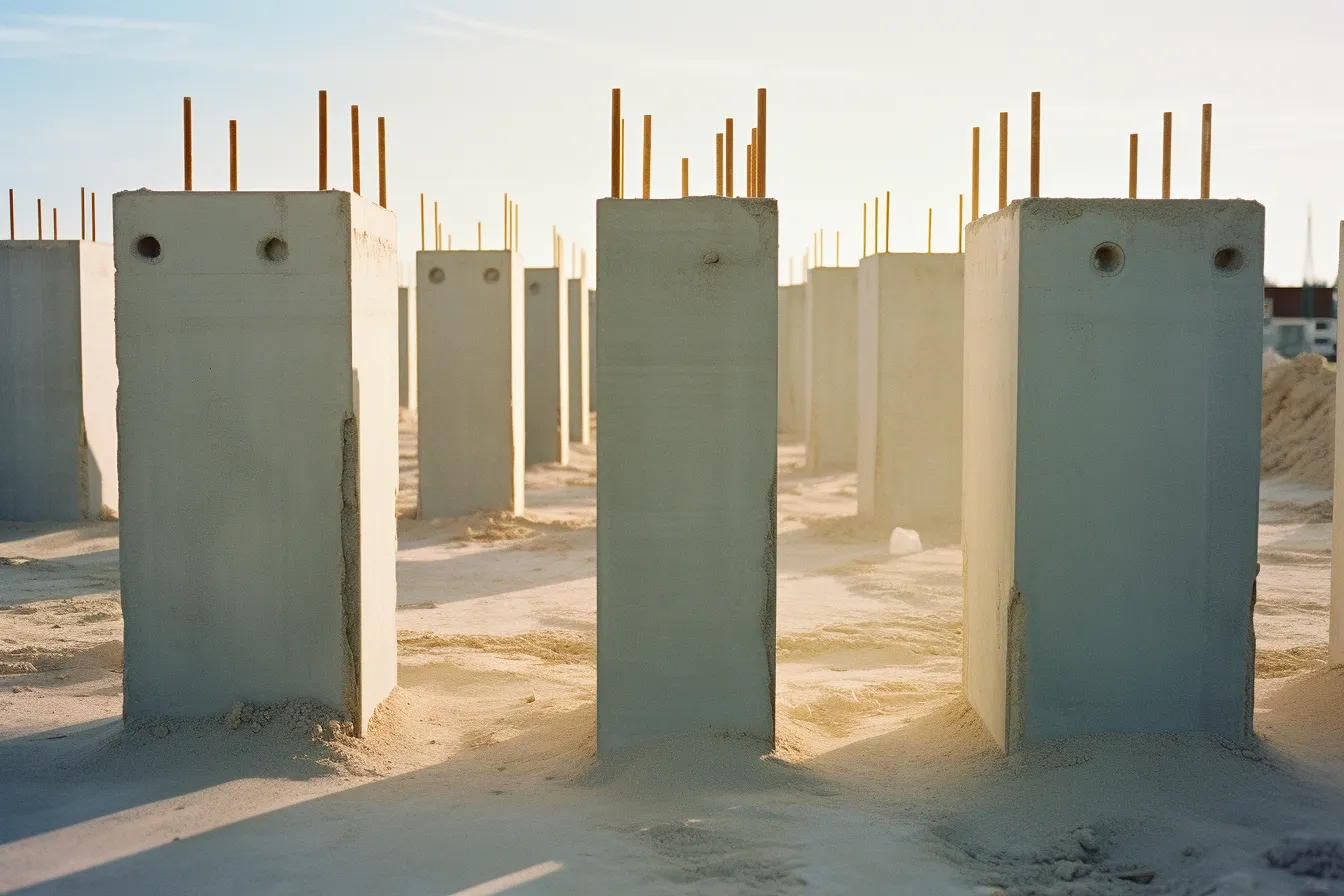In the ever-evolving world of construction materials, engineers and builders are constantly on the lookout for innovative solutions that can enhance the strength and flexibility of concrete, ensuring its durability and longevity. One such solution is fiber-reinforced concrete, which has gained popularity due to its ability to improve various properties of conventional concrete. In this article, we will delve into the role of fibers in enhancing the strength and flexibility of concrete, exploring their types, benefits, and applications.
Types of Fibers
Before delving into the benefits and applications of fiber-reinforced concrete, let’s first take a closer look at the different types of fibers used in this construction material.
– Steel Fiber: Steel fibers are generally made from high-strength steel and are used to enhance the tensile strength and crack resistance of concrete. They are commonly used in industrial flooring, precast concrete elements, and shotcrete applications.
– Synthetic Fiber: Synthetic fibers, such as polypropylene and polyethylene, are widely used in general construction projects. These fibers improve concrete’s resistance to cracking, impact strength, and durability without affecting its workability.
– Glass Fiber: Made from fine fibers of glass, these fibers are suitable for applications that require resistance to corrosion and high temperatures, such as in precast and architectural elements.
The Benefits of Fiber-Reinforced Concrete
Now that we have a better understanding of the types of fibers used in concrete reinforcement let’s explore the various benefits that fiber-reinforced concrete offers.
– Enhanced Strength: The addition of fibers to concrete significantly enhances its strength, enabling it to withstand higher loads without experiencing failure. This property is particularly crucial in construction projects where structural integrity is of utmost importance.
– Improved Crack Resistance: One of the primary concerns with conventional concrete is the propensity to develop cracks. Fiber reinforcement acts as a bridge between cracks, reducing their width and preventing them from expanding further. This leads to improved durability and longevity of the concrete structure.
– Increased Energy Absorption: Fiber-reinforced concrete exhibits higher energy absorption capacity, making it suitable for impact-resistant structures. This property proves vital in high-traffic areas, such as bridges, pavements, and airport runways, where durability and resistance to wear and tear are crucial.
Applications of Fiber-Reinforced Concrete
Considering the significant benefits, it is not surprising that fiber-reinforced concrete finds applications in various construction projects. Let’s take a look at a few of its common applications:
– Flooring: Fiber-reinforced concrete is extensively used in industrial flooring applications, where high abrasion resistance and crack control are essential. It provides a durable surface that can withstand heavy machinery, impact, and chemical exposure.
– Precast Concrete Elements: The use of fiber-reinforced concrete in precast elements, such as beams, columns, and wall panels, ensures enhanced strength and crack resistance. This makes the elements more resistant to external loads and extreme weather conditions.
– Shotcrete: Shotcrete, a method of applying concrete pneumatically, benefits from fiber reinforcement. The addition of fibers improves the cohesion and ductility of the shotcrete, reducing rebound and improving overall structural stability.
In Conclusion
Fiber-reinforced concrete has emerged as a valuable addition to the construction industry, providing enhanced strength, improved crack resistance, and increased energy absorption. The incorporation of different types of fibers in the concrete mix allows engineers and builders to tailor the material to specific project requirements, ensuring long-lasting and durable structures. With its wide range of applications, fiber-reinforced concrete continues to shape the future of construction, enabling the creation of safer and more resilient buildings and infrastructure.
